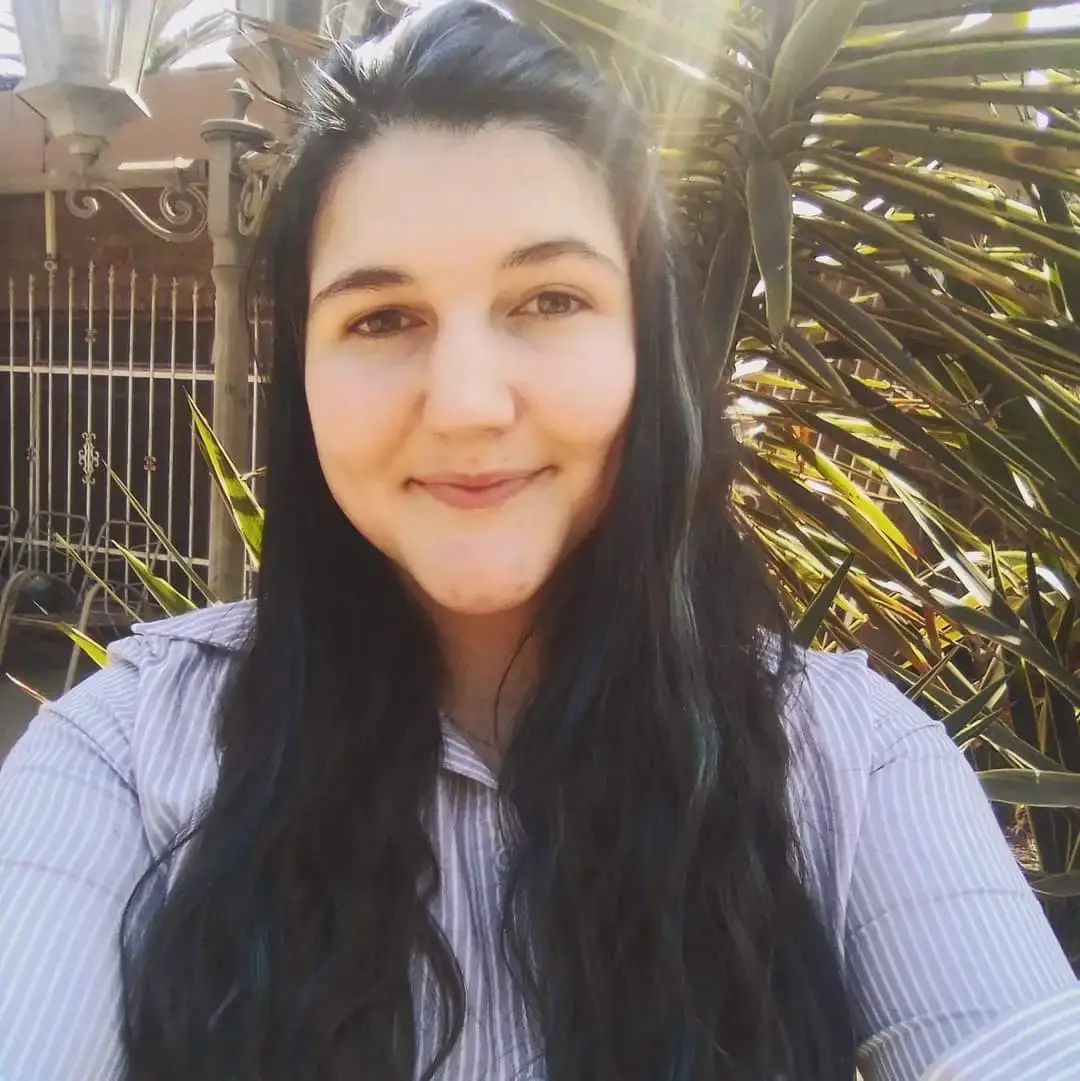Hair loss is a common concern affecting millions of individuals worldwide, with ramifications that extend beyond physical appearance to encompass psychological well-being and self-esteem. Amidst the myriad of treatments available, low level laser therapy (LLLT) has emerged as a promising option for combating hair loss. LLLT, also known as cold laser therapy or photobiomodulation, involves the application of low-power lasers or light-emitting diodes (LEDs) to the scalp with the aim of stimulating hair growth.
As individuals grappling with thinnig hair seek effective hair loss solutions, the question of whether LLLT truly delivers on its promises becomes increasingly pertinent. In this article I endeavor to delve into the efficacy of LLLT as a treatment for hair loss. I draw upon current research and evidence to provide a comprehensive understanding of its potential benefits and limitations. By scrutinizing the scientific literature and elucidating the underlying mechanisms of LLLT, my exploration aims to empower individuals with the knowledge needed to make informed decisions regarding their hair loss management.
What is Low Level Laser Therapy (LLLT)?
Low Level Laser Therapy (LLLT), also referred to as photobiomodulation or cold laser therapy, operates on the principle of utilizing low-power lasers or light-emitting diodes (LEDs) to irradiate the scalp. Unlike high-power lasers used in surgical procedures, LLLT emits non-thermal photons of light that are absorbed by cells, triggering biochemical changes within tissue.
Definition and Mechanism: Low Level Laser Therapy is founded upon the principle of photobiomodulation, wherein photons of light are absorbed by chromophores in cells, leading to various physiological responses. In the context of hair loss treatment, LLLT is purported to enhance cellular activity within hair follicles, promoting hair growth and inhibiting hair loss. This is believed to occur through several mechanisms, including increased blood flow, stimulation of cellular metabolism, and modulation of inflammatory processes.
Types of LLLT Devices: LLLT devices vary in design and method of application, ranging from handheld devices for home use to larger, more sophisticated systems utilized in clinical settings. Some devices are designed as caps or helmets equipped with diodes that cover the entire scalp, while others feature combs or brushes that allow for targeted application to specific areas of hair loss.
Methods of Application: LLLT can be administered through various methods, including direct contact with the scalp or through the use of intermediary devices such as helmets or caps. Treatment protocols typically involve regular sessions of Low Level Laser Therapy, with durations and frequencies varying depending on the specific device and individual needs. Treatment sessions may last anywhere from a few minutes to half an hour, and are often recommended to be conducted several times per week for optimal results.
Understanding the fundamental principles and modalities of Low Level Laser Therapy is essential for evaluating its efficacy as a treatment for hair loss. In the following sections, we will delve deeper into the research and evidence surrounding LLLT’s effectiveness, shedding light on its potential benefits and limitations.
LLLT for Hair Loss: Research and Evidence
A critical aspect of assessing the efficacy of Low Level Laser Therapy (LLLT) for hair loss involves examining the body of research and evidence supporting its use. Over the years, numerous studies have investigated the effects of LLLT on hair growth, employing various methodologies and outcome measures. Here, we review the key findings from clinical studies and explore the current state of evidence regarding LLLT’s effectiveness.
Clinical Studies: Numerous clinical trials have evaluated the efficacy of LLLT for hair loss across different populations, including both men and women with various types of alopecia. These studies have employed diverse LLLT devices and treatment protocols, ranging from handheld devices to helmet-like caps. While the specific methodologies and outcome measures have varied, many studies have reported positive outcomes in terms of increased hair growth and reduced hair loss.
Randomized Controlled Trials (RCTs): Randomized controlled trials represent the gold standard in clinical research, providing robust evidence on the effectiveness of interventions. Several RCTs have investigated the efficacy of Low Level Laser Therapy for hair loss, comparing LLLT treatment groups with control groups receiving sham or placebo treatments. While some RCTs have reported significant improvements in hair growth with LLLT, others have yielded more modest or inconclusive results.
Systematic Reviews and Meta-Analyses: In addition to individual clinical trials, systematic reviews and meta-analyses offer valuable insights by synthesizing data from multiple studies. These comprehensive analyses provide a broader perspective on the overall effectiveness of LLLT for hair loss, accounting for variations in study design and quality. While some systematic reviews and meta-analyses have supported the use of LLLT for promoting hair growth, others have highlighted the need for further high-quality research to confirm these findings.
Key Findings and Limitations: Overall, the body of evidence supporting the efficacy of LLLT for hair loss is mixed, with some studies demonstrating positive outcomes while others yield less conclusive results. Variations in study design, treatment protocols, and outcome measures contribute to the heterogeneity of findings across studies. Additionally, factors such as participant characteristics, including age, gender, and the severity of hair loss, may influence treatment response. While LLLT appears to be a promising treatment option for some individuals with hair loss, further research is needed to better understand its mechanisms of action and optimize treatment protocols for maximum efficacy.
Low Level Laser Therapy: How it Works
Understanding the mechanisms underlying Low Level Laser Therapy (LLLT) is essential for elucidating how this treatment modality exerts its effects on hair growth. While the precise mechanisms of action are not fully understood, several hypotheses have been proposed based on experimental evidence and theoretical frameworks. Here, we explore the key mechanisms through which LLLT is thought to stimulate hair growth and combat hair loss.
- Increased Blood Flow: One proposed mechanism of action for LLLT involves the stimulation of microcirculation and increased blood flow to the scalp. By irradiating the scalp with low-level laser light, LLLT is believed to enhance vasodilation and improve blood perfusion to the hair follicles. This, in turn, may facilitate the delivery of oxygen, nutrients, and growth factors to the hair follicles, promoting hair growth and revitalizing dormant follicles.
- Stimulation of Cellular Metabolism: LLLT has been shown to stimulate cellular metabolism and energy production within hair follicles. By enhancing mitochondrial activity and adenosine triphosphate (ATP) synthesis, LLLT may promote the proliferation and differentiation of hair follicle cells, leading to accelerated hair growth and thicker, healthier hair shafts.
- Modulation of Inflammatory Processes: Chronic inflammation is implicated in the pathogenesis of various types of hair loss, including alopecia areata and androgenetic alopecia. LLLT has been shown to possess anti-inflammatory properties, with studies demonstrating its ability to reduce levels of pro-inflammatory cytokines and inhibit inflammatory signaling pathways. By modulating inflammatory processes within the scalp, LLLT may help mitigate follicular damage and promote a conducive environment for hair growth.
- Activation of Stem Cells: Stem cells play a crucial role in hair follicle regeneration and maintenance. LLLT has been proposed to activate dormant stem cells within the hair follicle bulge region, triggering their proliferation and differentiation into specialized cell types involved in hair growth. This regenerative effect may contribute to the restoration of hair follicle function and the initiation of new hair growth cycles.
- Regulation of Hormonal Factors: Hormonal imbalances, particularly elevated levels of dihydrotestosterone (DHT), are associated with androgenetic alopecia, the most common form of hair loss in both men and women. Low Level Laser Therapy has been suggested to modulate hormonal factors implicated in hair loss, such as DHT levels and androgen receptor sensitivity. By regulating hormone levels and signaling pathways, LLLT may help mitigate the effects of androgenetic alopecia and promote hair regrowth.
Overall, the mechanisms of action underlying Low Level Laser Therapy (LLLT) for hair loss are multifaceted and complex, involving a combination of physiological and biochemical processes. By elucidating these mechanisms, we can gain insights into how LLLT exerts its effects on hair follicles and identify potential targets for optimizing treatment outcomes.
Low Level Laser Therapy: Safety and Side Effects
Assessing the safety profile of Low Level Laser Therapy (LLLT) is paramount in determining its suitability as a treatment for hair loss. Overall, LLLT is considered a relatively safe and non-invasive therapeutic modality, with minimal risk of adverse effects compared to other hair loss treatments such as medications or surgical procedures. However, it is essential to understand the potential side effects associated with LLLT and to consider them when evaluating its risks and benefits.
- Minimal Side Effects: Low Level Laser Therapy is generally well-tolerated, with few reported side effects. The most common side effect is mild scalp irritation, which may manifest as redness, itching, or tenderness following treatment. These side effects are typically transient and resolve spontaneously within a short period. In clinical studies, the incidence of adverse events associated with LLLT has been low, further supporting its safety profile.
- Non-invasiveness: Unlike surgical hair restoration procedures such as hair transplantation, LLLT does not involve incisions, injections, or anesthesia. As such, it carries minimal risk of complications such as infection, scarring, or allergic reactions. The non-invasive nature of LLLT makes it an attractive option for individuals seeking hair loss treatment without the associated risks and downtime of surgical interventions.
- Compatibility with Other Treatments: Low Level Laser Therapy can be used in conjunction with other hair loss treatments, including topical medications and oral supplements, without significant interactions or contraindications. Combining LLLT with complementary therapies may enhance treatment outcomes by targeting multiple aspects of hair loss simultaneously. However, it is essential to consult with a healthcare professional before initiating any combination therapy to ensure safety and efficacy.
- Long-Term Safety: Long-term safety data on LLLT for hair loss are limited but generally reassuring. Clinical studies and real-world experience suggest that LLLT is well-tolerated over extended treatment durations, with no evidence of cumulative toxicity or adverse effects with prolonged use. However, further research is needed to evaluate the safety and efficacy of long-term LLLT treatment beyond the duration of existing studies.
- Patient Considerations: Individual factors such as skin type, hair color, and medical history may influence the safety and efficacy of LLLT treatment. Patients with a history of photosensitivity or skin disorders may require closer monitoring during LLLT therapy. Additionally, pregnant or breastfeeding women should exercise caution and consult with their healthcare provider before undergoing LLLT treatment.
LLLT Considerations
Implementing Low Level Laser Therapy (LLLT) as a treatment for hair loss requires careful consideration of various practical factors, including device selection, treatment protocols, and integration with existing hair loss management strategies. By addressing these practical considerations, individuals can maximize the effectiveness of LLLT and enhance their overall hair restoration outcomes.
- Device Selection: Choosing the right LLLT device is crucial for achieving optimal treatment outcomes. Consider factors such as device design, ease of use, treatment coverage, and safety features when selecting a device. Additionally, ensure that the chosen device is FDA-cleared for the treatment of hair loss, indicating its safety and efficacy for this indication.
- Treatment Protocols: Establishing an appropriate treatment protocol is essential for maximizing the benefits of LLLT while minimizing the risk of adverse effects. Consult with a healthcare professional to determine the optimal treatment frequency, duration, and intensity based on individual needs and treatment goals. Adhere to the prescribed treatment schedule consistently to achieve the best results.
- Integration with Other Treatments: LLLT can be used as a standalone treatment or in combination with other hair loss therapies for synergistic effects. Consider integrating LLLT with topical medications, oral supplements, or procedural interventions such as PRP therapy to address multiple aspects of hair loss and enhance treatment outcomes. However, coordinate with a healthcare provider to ensure compatibility and safety when combining treatments.
- Monitoring and Adjustment: Regular monitoring of treatment progress is essential for assessing the effectiveness of LLLT and making necessary adjustments to the treatment protocol. Keep track of changes in hair density, thickness, and overall scalp health over time to evaluate treatment response. Consult with a healthcare professional if adjustments to the treatment protocol are warranted based on observed outcomes.
- Lifestyle Factors: Incorporate healthy lifestyle practices to complement LLLT and promote overall hair health. Maintain a balanced diet rich in essential nutrients such as vitamins, minerals, and protein to support hair growth. Minimize stress and prioritize relaxation techniques to reduce stress-related hair loss. Additionally, avoid harmful habits such as smoking and excessive alcohol consumption, which can adversely affect hair health.
- Long-Term Maintenance: Consistency is key to achieving long-term success with LLLT for hair loss. Establish a maintenance plan to sustain the benefits of treatment over time and prevent hair loss recurrence. Continue LLLT treatment as recommended by a healthcare professional, and incorporate lifestyle modifications and supportive therapies as needed to maintain optimal hair health.
Conclusion: Navigating the Landscape of LLLT for Hair Loss
Low Level Laser Therapy (LLLT) represents a promising option for individuals seeking non-invasive and potentially effective treatment for hair loss. Through its mechanisms of action, including increased blood flow, stimulation of cellular metabolism, and modulation of inflammatory processes, LLLT offers a multifaceted approach to promoting hair growth and revitalizing hair follicles.
While the body of evidence supporting the efficacy of Low Level Laser Therapy for hair loss continues to grow, it is important to approach this treatment modality with a balanced perspective. Clinical studies and systematic reviews provide valuable insights into the scientific basis and clinical effectiveness of LLLT, while personal testimonials and case studies offer real-world perspectives on treatment experiences and outcomes.
Navigating the landscape of Low Level Laser Therapy for hair loss requires careful consideration of various factors, including device selection, treatment protocols, safety considerations, and integration with other treatment modalities. By collaborating with qualified healthcare professionals and adopting evidence-based approaches, individuals can make informed decisions about incorporating LLLT into their hair loss management strategies.
As research and innovation in LLLT technology and treatment protocols continue to advance, the future holds promise for further enhancing the efficacy, accessibility, and customization of LLLT for hair loss treatment. By embracing multidisciplinary approaches and fostering dialogue between researchers, clinicians, and patients, we can continue to refine our understanding of LLLT and optimize its role in addressing the diverse needs of individuals affected by hair loss.
In closing, while Low Level Laser Therapy may not be a one-size-fits-all solution for hair loss, it offers a valuable addition to the armamentarium of treatment options available. By leveraging the collective insights of scientific research, clinical expertise, and patient experiences, we can navigate the landscape of LLLT for hair loss with confidence and empower individuals to make informed choices on their journey towards healthier, fuller hair.
Sources: Further Reading
- Role of Low-Level Light Therapy (LLLT) in Androgenetic Alopecia
-
Low-Level Laser (Light) Therapy (LLLT) for Treatment of Hair Loss




